- Healthy Innovations
- Posts
- 🫀The heart health revolution
🫀The heart health revolution
How technology is rewriting cardiovascular care
Welcome back to Healthy Innovations! 👋
This week we're diving deep into cardiology and how technology is transforming heart health across diagnosis, treatment, and rehabilitation.
Heart disease remains our leading killer largely because we've been stuck in a reactive cycle: waiting for chest pain or shortness of breath, then scrambling to respond. However, the convergence of advanced monitoring, precision diagnostics, and digitally-enhanced care is finally breaking this pattern.
Let's explore how innovation is rewriting the rules at every stage of cardiovascular care.
Find out why 1M+ professionals read Superhuman AI daily.
AI won't take over the world. People who know how to use AI will.
Here's how to stay ahead with AI:
Sign up for Superhuman AI. The AI newsletter read by 1M+ pros.
Master AI tools, tutorials, and news in just 3 minutes a day.
Become 10X more productive using AI.
Catching the silent killer
The biggest breakthrough in cardiology isn't a new drug or device - it's timing.
Traditional heart care waits for problems to announce themselves: chest pain, shortness of breath, fainting. But cardiovascular disease (CVD) often develops silently for years, making its presence known only when significant damage has already occurred.
Enter the new generation of AI-powered diagnostics that are learning to spot trouble long before human doctors, or even patients, would notice anything wrong.
Machine learning (ML) models can now analyze standard ECGs and identify patterns that predict heart failure or sudden cardiac death with remarkable accuracy. But here's what's really exciting: these same AI systems are finding cardiovascular risk in unexpected places.
Researchers have trained algorithms to detect heart disease from retinal photographs - the same eye scans used to check for diabetes complications. Others are analyzing voice patterns during normal phone calls, identifying vocal biomarkers that correlate with heart failure.
The implications are impressive.
Imagine your annual eye exam or a routine customer service call flagging potential heart problems years before traditional screening would catch them. “If there is damage or narrowing of the blood vessels at the back of the eye, there is a good chance that will also be seen in the blood vessels further inside the body, supplying the heart, which could lead to a heart attack or stroke,” according to Dr Ify Mordi, British Heart Foundation Research Fellow at the University of Dundee and consultant cardiologist.
Beyond one-size-fits-all
Once we find CVD, the next area that needs innovation is in how we treat it.
For decades, cardiology has relied on population-based guidelines: if you have condition X, you get treatment Y. But patients with "the same" condition can have wildly different underlying biology, genetics, and risk factors.
Precision medicine is changing this.
Take heart failure, where AI is now helping doctors predict which patients will respond to which medications - and at what doses - based on genetic profiles, biomarker patterns, and even social determinants of health. Instead of the traditional trial-and-error approach, doctors can increasingly prescribe the right drug the first time.
But precision medicine goes beyond just choosing better drugs.
Smart delivery systems are emerging that can adjust medication release based on real-time physiological signals. Imagine a patch that releases more blood pressure medication when it detects rising stress levels, or an implantable device that adjusts heart rhythm therapy based on activity patterns.
On the horizon, gene and mRNA therapies are moving from experimental to practical. Early trials are showing promise for therapies that could actually regenerate damaged heart muscle - turning what was once permanent damage into a repairable injury.
The operating room goes digital
When medications aren't enough and surgery becomes necessary, patients are entering operating rooms that would be unrecognizable just a decade ago.
Robotic-assisted surgery, and especially cardiac surgery, has evolved from experimental to routine, offering surgeons superhuman precision and patients smaller incisions with faster recovery times. But the real game-changer isn't the robots themselves - it's how they're being enhanced with intelligence.
Surgeons now operate with augmented reality overlays that highlight critical anatomy in real-time, reducing complications and improving outcomes. AI systems assist with everything from optimal incision placement to real-time monitoring of blood flow during bypass procedures.
Perhaps most remarkably, telerobotic systems are enabling expert surgeons to assist or even lead procedures from thousands of miles away. A cardiac surgeon in New York can now guide a complex valve repair in rural Montana, bringing world-class expertise to patients who previously would have had to travel or go without.
This isn't just about convenience, it's about democratizing access to specialized care and ensuring that where you live doesn't determine the quality of heart surgery you receive.
The hospital at home
The transformation doesn't end when patients leave the operating room. Cardiovascular rehabilitation - traditionally conducted in hospital-based programs with limited capacity and accessibility - is moving into patients' homes.
Modern cardiac rehab combines wearable sensors that continuously monitor heart rate variability and exertion levels with AI-powered coaching apps that provide personalized exercise prescriptions and motivation.
Companies like CardiacSense and BioTelemetry (owned by Philips) are pioneering platforms where patients wear lightweight monitors that transmit data to care teams in real-time. If someone pushes too hard during exercise or shows signs of complications, their care team knows immediately - even if they're exercising in their living room.
The results are impressive: higher engagement rates, better outcomes, and significantly lower readmission rates. Plus, patients report higher satisfaction when they can recover in familiar surroundings rather than sterile hospital environments.
Some systems are even incorporating VR-based therapy for patients dealing with the psychological impact of heart disease, and lightweight exoskeletons to help elderly patients rebuild strength and mobility safely.
⌚ Regulatory Reality Check: The wearables gray zone
The promise of home-based cardiac monitoring faces a regulatory hurdle that illustrates the challenges of innovation outpacing oversight.
The wearables giant, Whoop is currently battling the FDA over its Blood Pressure Insights feature, which provides daily blood pressure estimates. The FDA argues this crosses the line from "wellness device" to "medical device," requiring rigorous premarket approval. Whoop maintains it's purely a wellness tool with appropriate disclaimers.
This dispute highlights a critical challenge for hospital-at-home programs: as wearables become more sophisticated, the line between consumer wellness and medical monitoring blurs. While patients and providers want access to continuous health data, regulatory uncertainty can slow adoption and limit which devices can be safely integrated into formal care protocols.
The outcome will likely influence how other wearable companies develop features and how healthcare systems deploy remote monitoring technologies in home settings.
The next frontier: Digital hearts and predictive care
The most exciting developments are still coming.
Digital twins - virtual replicas of individual cardiovascular systems - are moving from research labs into clinical practice.
These sophisticated models, built using imaging data, biomarkers, and genetic information, allow doctors to test treatments virtually before applying them to real patients. Want to know how a particular patient will respond to a new medication or surgical procedure? Run it through their digital twin first. According to Professor Steven Niederer from Imperial College London, “by replicating the hearts of people across the population, we have shown that digital twins can offer us deeper insights into the people at risk of heart disease. It also shows how lifestyle and gender can affect heart function.”
Researchers are also developing sensor-embedded implants that monitor everything from stent function to blood clot risk from inside the body, and emotion-sensitive AI systems that adjust care recommendations based on stress levels or fatigue patterns.
Meanwhile, 3D bioprinted vascular grafts tailored to each patient's anatomy and immune profile are moving toward clinical trials, potentially eliminating rejection issues that plague traditional transplants.
💗 Why this transformation matters
We're not just witnessing incremental improvements in heart care - we're seeing a fundamental shift from reactive to predictive, episodic to continuous, and standardized to personalized.
This matters because CVD isn't just a medical problem - it's an equity problem. The best cardiac care has historically been concentrated in major medical centers, accessible primarily to those who can afford it and travel to it. But AI-powered diagnostics, telerobotic surgery, and home-based rehabilitation are democratizing access to world-class heart care.
For healthcare leaders, the message is clear: the organizations that embrace these technologies now will define the future of cardiovascular care. Those that wait risk being left behind in a field that's moving faster than ever.
The heart of healthcare is indeed evolving - and for the millions living with cardiovascular disease, that evolution can't come soon enough.
Innovation highlights
🦠 Seaweed-eating gut bugs. Researchers engineered gut bacteria that munch on seaweed nutrients and break down kidney stone-forming compounds. The therapy worked great in healthy volunteers - bacteria levels could be controlled by adjusting seaweed intake. However, results were mixed in actual patients, and some clever bacteria evolved to survive without their seaweed diet. Promising early step toward microbiome treatments, but more work needed!
🧠 Brain's hidden conversations. A neurologist at the University of California, San Francisco is using AI to map how brain regions communicate with each other, not just where activity happens. This approach can detect Alzheimer's years before symptoms appear by spotting disrupted neural networks. The technology revealed surprising findings - like the cerebellum being affected in Alzheimer's when it wasn't expected. Future applications include personalized treatments and "check engine lights" for brain health via wearables.
🔬 Pocket-sized disease detective. Scientists created a tiny "ALS-on-a-chip" model using stem cells from patients that actually "breathes and flows" like real tissue. This pocket-sized device revealed that ALS neurons have abnormal glutamate signaling even before visible damage occurs. The breakthrough could help screen new treatments and detect the disease earlier, offering hope for better interventions before irreversible damage happens in patients.
Weird and wonderful
🤖 Meet ElliQ, the adorable AI companion that's like having a friendly neighbor who never gets tired of checking in on you. With 16 million elderly Americans living solo and a third feeling lonely, this Pixar lamp-inspired robot is tackling isolation one conversation at a time.
ElliQ doesn't just sit there waiting for commands - it actually starts conversations, asks about your day, and suggests fun activities like a genuinely caring friend. The setup couldn't be easier: plug it in, connect to Wi-Fi, and suddenly you've got a chatty companion with a swiveling head that lights up when excited. Sure, it handles typical smart assistant tasks, but ElliQ's real superpower is helping seniors feel less alone and stay independent in their own homes longer.
To try ElliQ, you need to pay a one-off $250 enrollment fee and then $60 a month with a minimum 12-month commitment ($50 a month if you pay annually). It is a rental agreement, so you have to return the hardware if you stop your subscription.
Thank you for reading the Healthy Innovations newsletter!
Keep an eye out for next week’s issue, where I will highlight the healthcare innovations you need to know about.
Have a great week!
Alison ✨
P.S. Join over 500 healthcare leaders who get these insights delivered straight to their inbox! Healthy Innovations is read weekly by executives from AstraZeneca, GSK, Vertex, Roche, and leading healthcare startups, agencies, and investors. Subscribe now to stay ahead of industry trends!
P.P.S. If you're considering starting your own newsletter to share your expertise and build a community around your healthcare niche, check out beehiiv (affiliate link). There's never been a better time to start sharing your knowledge with the world!

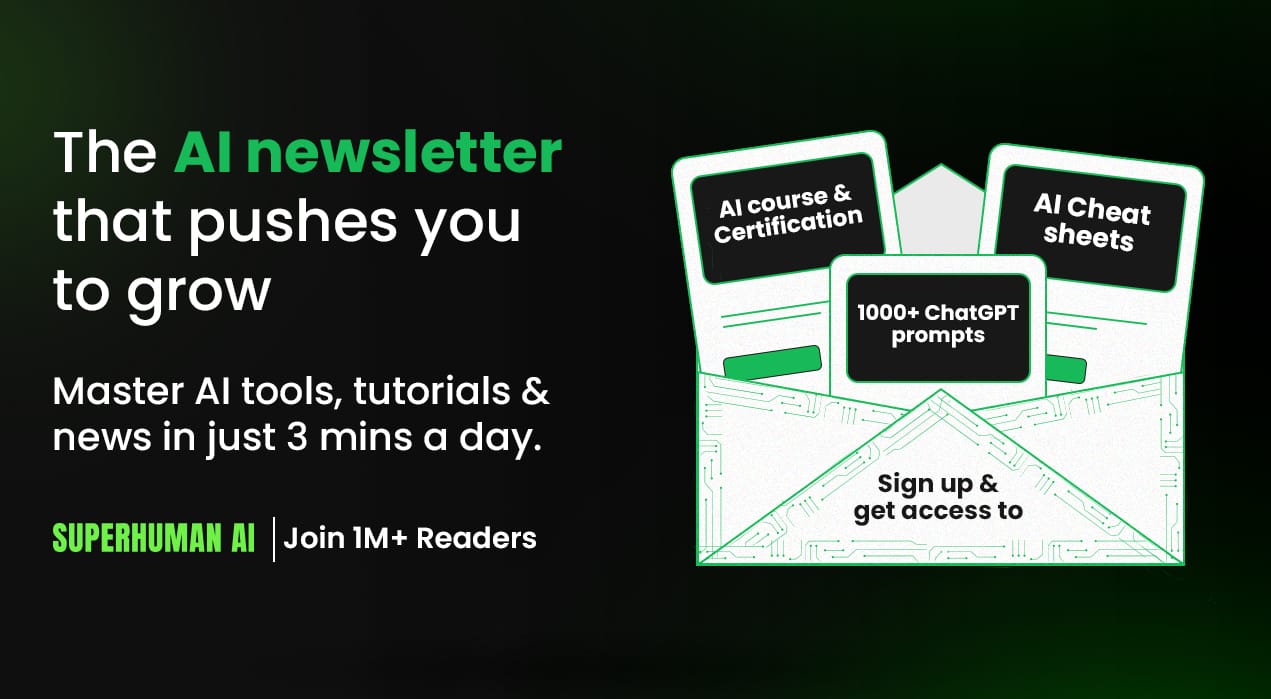
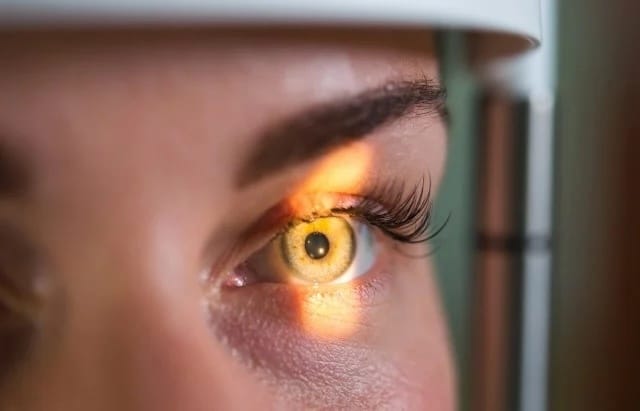
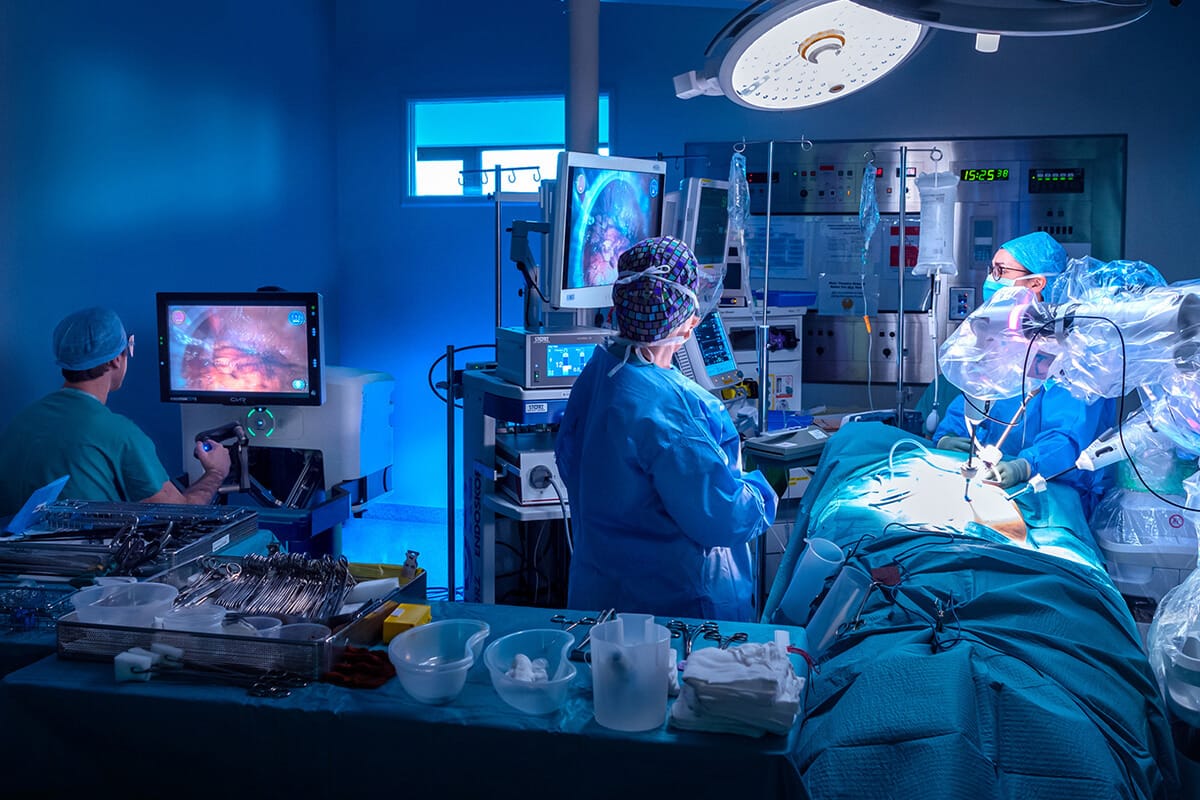
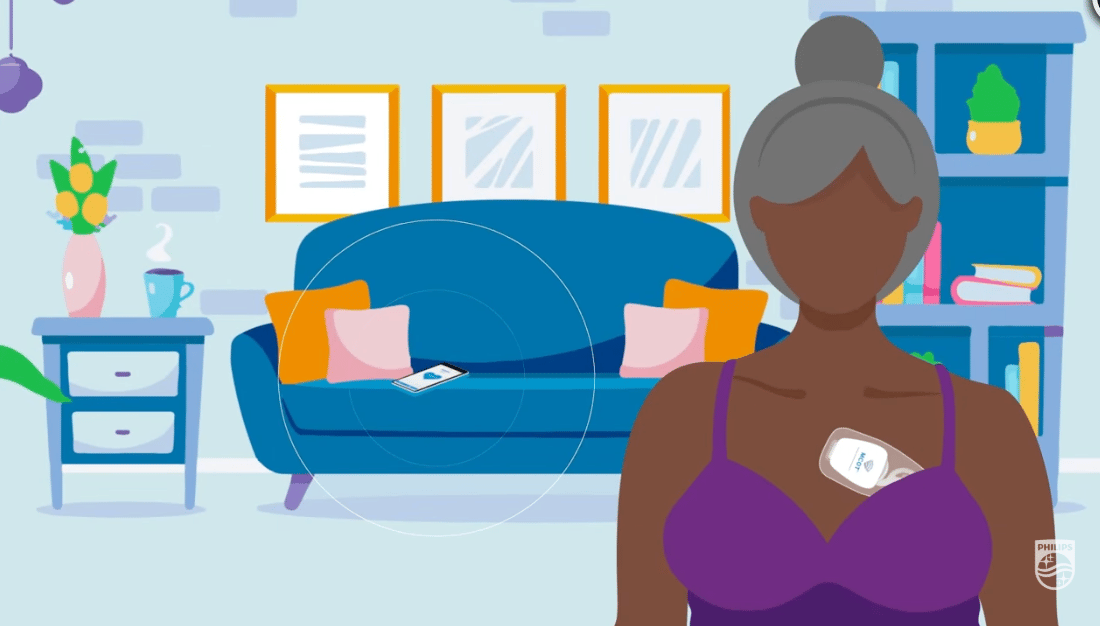
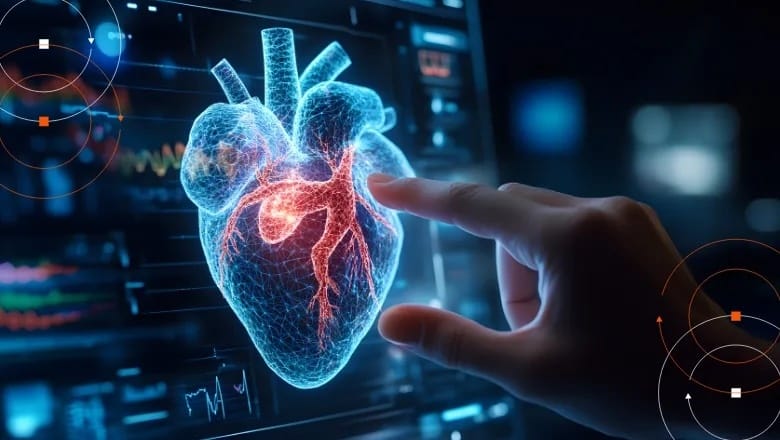
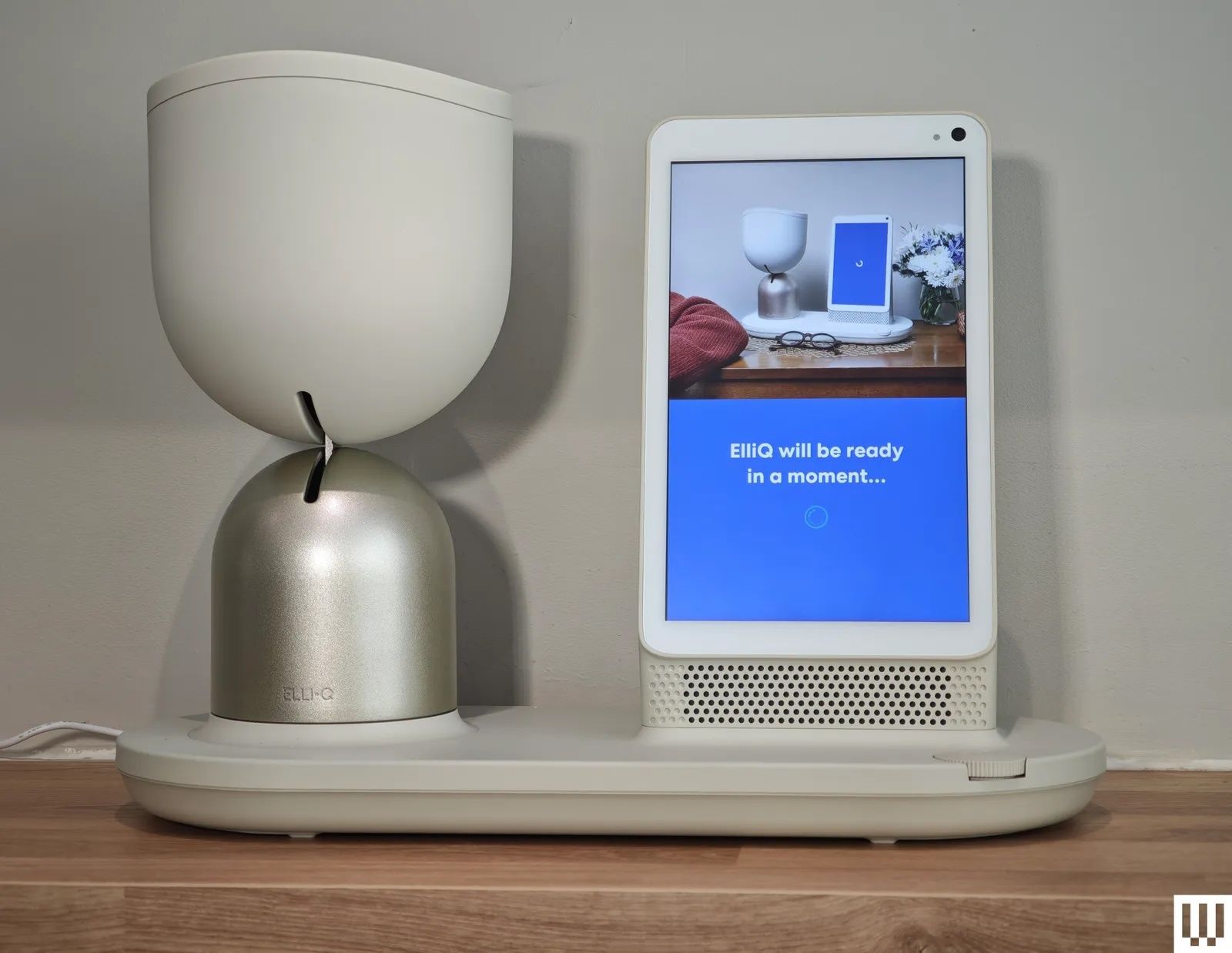
Reply